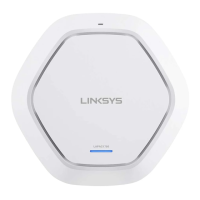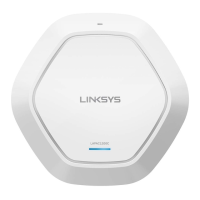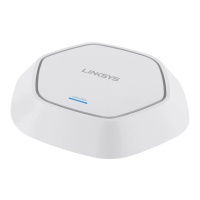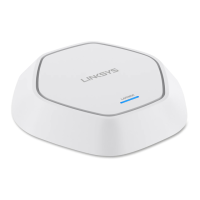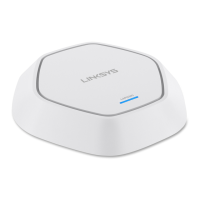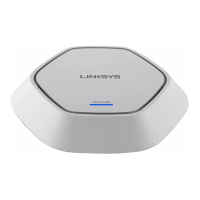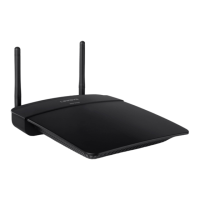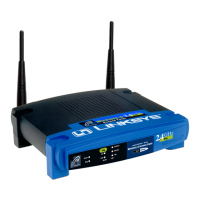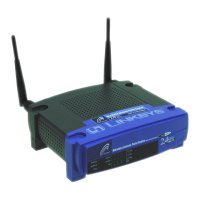71
Section 3: Configuring the Access Point
LAPAC1750PRO Access Point Software User Manual
Source Port Select this field to include a source port in the match
condition for the rule. The source port is identified in
the datagram header.
Once you select the field, choose the port name or
enter the port number.
Select From List
Select the keyword associated with the source port
to match:
• ftp
• ftpdata
• http
• smtp
• snmp
• telnet
• tftp
• www
Each of these keywords translates into its equivalent
port number.
Match to Port
Enter the IANA port number to match to the source
port identified in the datagram header. The port
range is 0–65535 and includes three different types
of ports:
• 0–1023: Well Known Ports
• 1024–49151: Registered Ports
• 49152–65535: Dynamic and/or Private Ports
Destination IP
Address
Select this field to require a packet’s destination IP
address to match the address listed here. Enter an IP
address in the appropriate field to apply this criterion.
Destination Port Select this field to include a destination port in the
match condition for the rule. The destination port is
identified in the datagram header.
Once you select the field, choose the port name or
enter the port number.
Select From List
Select the keyword associated with the destination
port to match:
• ftp
• ftpdata
• http
• smtp
• snmp
• telnet
• tftp
• www
Each of these keywords translates into its equivalent
port number.
Match to Port
Enter the IANA port number to match to the
destination port identified in the datagram header.
The port range is 0–65535 and includes three
different types of ports:
• 0–1023: Well Known Ports
• 1024–49151: Registered Ports
• 49152–65535: Dynamic and/or Private Ports
IP TOS Bits Select this field and enter a value to use the packet’s
Type of Service bits in the IP header as match criteria.
The IP TOS field in a packet is defined as all eight bits
of the Service Type octet in the IP header. The TOS Bits
value is a two-digit hexadecimal number from 00 to
ff.
The high-order three bits represent the IP precedence
value. The high-order six bits represent the IP
Differentiated Services Code Point (DSCP) value.
